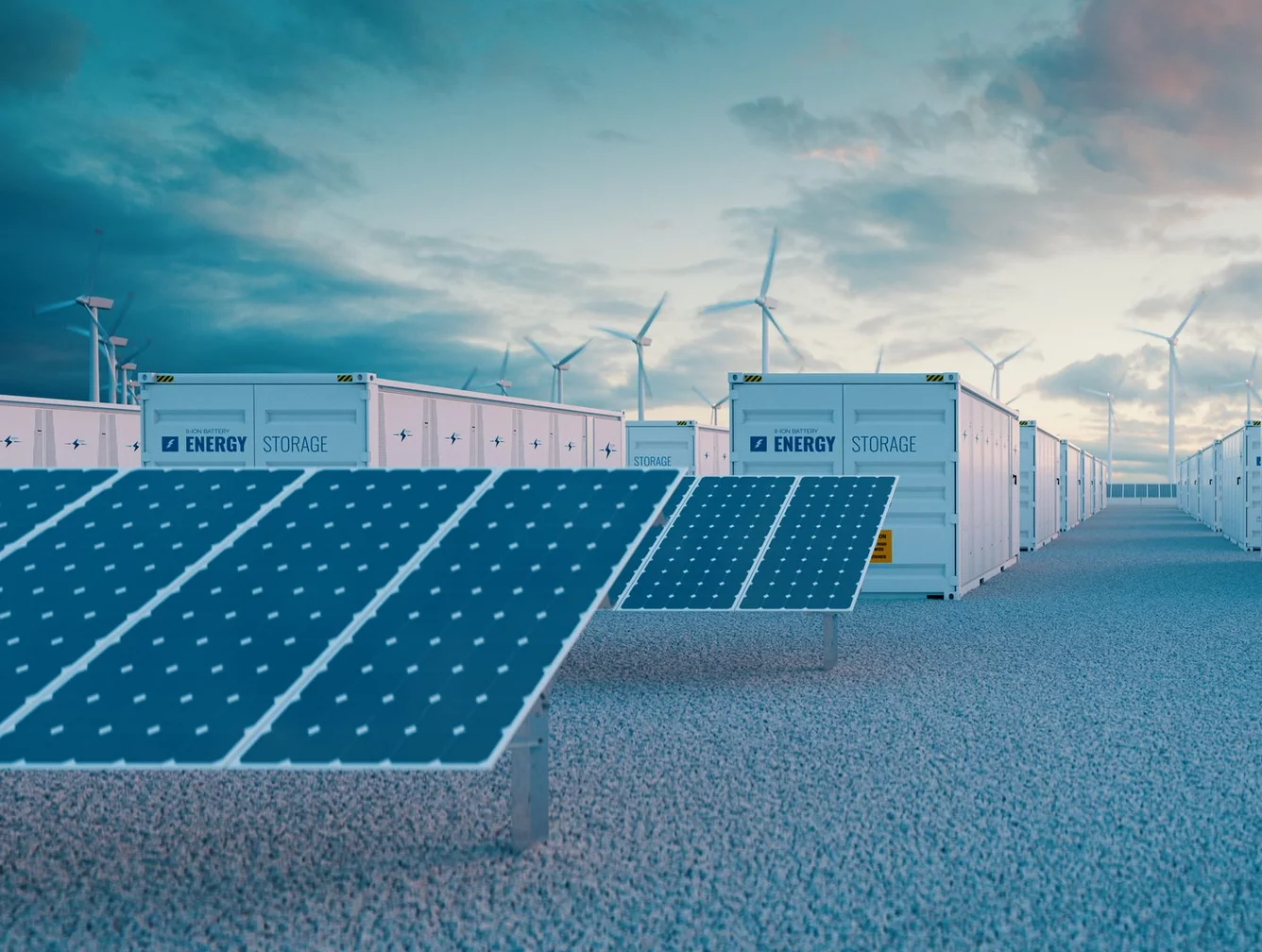The Future Is Electric: How Commercial Electrification is Changing Industries

Globally, a significant shift towards electrification is underway, with the potential to drastically reduce carbon emissions by millions of tons annually. This transition, particularly in commercial sectors, is pivotal for achieving a sustainable future.
If you’re not aware, commercial electrification refers to replacing processes and systems that rely on fossil fuels with those that use electricity as a primary energy source. Its significance in commercial settings cannot be overstated, as it represents a crucial step towards reducing operational costs and contributing to environmental preservation.
In this blog, we discuss how commercial electrification is revolutionizing various industries, setting a new standard for how businesses operate and impact the world around them.
The Driving Forces Behind Commercial Electrification
Environmental oncerns
The urgency to mitigate climate change effects is propelling the adoption of electric solutions across commercial sectors. With governments and corporations worldwide committing to carbon neutrality goals, commercial electrification emerges as a key strategy. This shift helps in decreasing greenhouse gas emissions and in promoting sustainability within the commercial arena. By transitioning to electric power, businesses can significantly lessen their environmental footprint, marking a critical step in the global effort to combat climate change.
Technological Advances
Recent innovations in electric technologies have made commercial electrification more viable and cost-effective than ever before. Advances in battery storage, energy efficiency, and renewable energy sources have provided commercial entities with the tools needed to transition away from fossil fuels. These technological strides have improved the reliability and performance of electric systems while making them more accessible to a wide range of industries. As a result, businesses are now able to adopt electrification practices that align with their operational needs and environmental goals.
Regulatory Policies and Incentives
Government policies and incentives play a significant role in promoting commercial electrification. Through various regulations, subsidies, and tax benefits, governments worldwide are encouraging businesses to transition to electric power. These measures are designed to make electrification a more attractive and financially viable option for companies. By supporting the shift to electric solutions, these policies are accelerating the pace of commercial electrification, ensuring that businesses have the necessary support to embrace this transformative change.
The Impact of Electrification on Specific Industries
The wave of commercial electrification is revolutionizing them. From transportation to real estate, the move towards electricity as a primary source of power is driving innovation, efficiency, and sustainability. Let's delve into how this transformative change is impacting various sectors.
Transportation and Logistics
According to the IEA, the number of electric cars, buses, vans, and heavy trucks on roads could increase to 240 million by 2030. The shift towards electric vehicles (EVs) in commercial fleets is perhaps one of the most visible signs of commercial electrification. This transition offers substantial benefits, including reduced fuel costs and lower emissions, aligning with global sustainability goals. However, the journey is not without its challenges. The need for widespread charging infrastructure and the initial investment in EVs pose hurdles. Yet, the long-term savings and environmental benefits make this a compelling shift for the transportation and logistics industry.
Construction and Manufacturing
In the construction and manufacturing sectors, the adoption of electric machinery and tools is a game-changer. Electrification leads to energy efficiency and productivity gains, as electric equipment often performs better and more reliably than its fossil-fuel-powered counterparts. This shift reduces operational costs and minimizes the carbon footprint of these industries. However, the transition requires significant upfront investment and training for workers, underscoring the need for strategic planning in adopting electric technologies.
Energy Sector
The energy sector is experiencing a fundamental transformation with the move from fossil fuels to electrification, primarily powered by renewable energy sources. This shift is crucial for reducing greenhouse gas emissions and combating climate change. Electrification in power generation and distribution enhances the efficiency and reliability of energy supply, promoting the use of clean energy. The integration of renewable sources like wind and solar power further accelerates the move towards a sustainable energy future, though it necessitates advancements in energy storage technologies to manage supply and demand effectively.
Hospitality and Real Estate
Commercial electrification is making significant inroads in the hospitality and real estate sectors. Hotels, office buildings, and retail spaces are increasingly implementing electric heating, cooling, and lighting solutions. These changes not only contribute to cost savings in the long run but also enhance the sustainability profile of these properties. Guests and tenants are becoming more environmentally conscious, and electrification helps meet these expectations. Nevertheless, the transition involves overcoming challenges such as retrofitting existing structures and the initial cost of new electric systems.
Challenges and Considerations in Adopting Commercial Electrification
While there promises to be great benefits from pursuing electrification, there are a few challenges that businesses and industries are having to navigate.
High Upfront Costs
Initial investments in electric vehicles, machinery, and the necessary infrastructure can be substantial, posing a significant barrier, especially for smaller enterprises.
Infrastructure Requirements
The need for specialized infrastructure, such as charging stations for electric fleets and upgraded electrical systems, requires careful planning and significant investment.
Technology Integration
Incorporating new electric technologies into existing systems can be complex, requiring updates to operational protocols, staff training, and sometimes a complete overhaul of legacy systems.
Technology that Will Help the Adoption of Commercial Electrification
As the movement towards commercial electrification gains momentum, certain technologies stand out for their potential to facilitate this transition. These technologies address common challenges, making electrification more accessible, affordable and appealing for businesses.
Smart Grids
These modern electricity networks are vital for efficient energy management. By using digital technology to monitor and manage the flow of electric power, smart grids can dynamically adjust to changing energy demands, ensuring optimal distribution of electricity to commercial entities.
Energy Storage Systems
The variability of renewable energy sources has been a hurdle in their adoption. However, advancements in energy storage technologies, such as batteries, are making it easier to store surplus energy generated during peak production times. This stored energy can then be used when production is low, ensuring a consistent and reliable power supply for businesses.
Electric Vehicle (EV) Charging Infrastructure
As commercial fleets transition to electric vehicles, the need for widespread and accessible charging infrastructure grows. Investment in EV charging stations not only supports this transition but also encourages more businesses to consider electrification as a viable option.
Energy Management Software
Leveraging artificial intelligence and machine learning, this software can optimize energy usage across operations. It helps businesses reduce waste, lower costs, and manage their energy consumption more effectively, all of which are key for making electrification work in a commercial setting.
The Shift Towards Electrification in Electric Vehicles
The path towards commercial electrification underscores a significant commitment to reducing emissions and enhancing efficiency across industries. This movement, powered by technological innovation and policy support, offers a promising avenue for sustainable growth. As businesses navigate this shift, the collective effort is crucial for a more environmentally responsible future.


